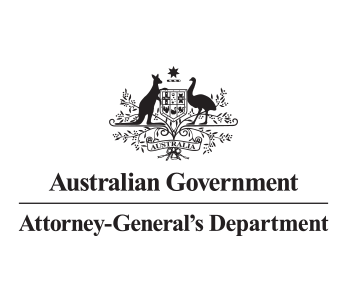Fraud and corruption tools that work for small teams
Fraud and corruption are serious risks that can undermine public trust, waste resources and hinder our ability to deliver outcomes for the Australian public. For Commonwealth entities – especially smaller ones where staff may wear multiple hats – having the right tools in place to manage these risks is essential.
Supporting smaller entities
The Commonwealth Fraud and Corruption Control Framework recognises that smaller entities will likely have limited resources and fewer dedicated risk or fraud specialists. It encourages a proportionate approach to fraud and corruption control and one that matches an entity’s risk profile, operating environment and size.
We offer a range of tools and guidance that can help smaller Commonwealth entities manage fraud and corruption risks effectively. These resources are designed to accommodate limited resources and staff providing scalable and practical support. Although tailored for fraud risk management, you can easily adapt these tools to assess and control other types of risk within your organisation.
Strategic fraud risk profiling
For smaller entities with limited resources, strategic fraud risk profiling is an important tool. It helps you quickly pinpoint the highest risk areas in your organisation so you can focus your efforts where they matter most. This targeted approach means you can prioritise fraud risk assessments smartly, making the best use of your time and resources while staying one step ahead of potential threats.
Fraud risk assessment guidance and tools
The Fraud Risk Assessment Leading Practice Guide outlines key principles and methods drawn from leading practices across public and private sectors in a way that’s scalable and easy to adapt. The guide supports not only risk specialists but also senior leaders and generalist staff who may wear multiple hats to help better understand the fraud risk assessment process. The guide goes beyond traditional approaches by offering creative strategies to get non-fraud staff involved – using tools like business process mapping combined with fraudster personas to uncover hidden risks and bring fraud prevention to life across your whole organisation.
Fraud Control Catalogue
This extensive catalogue of common fraud controls offers straightforward and practical solutions to help you prevent, detect and respond to fraud and corruption. While designed to combat fraud, the controls in this catalogue can also be applied to other risk areas, including protective security and cyber security risks. Using the catalogue can make it easier to spot gaps in your current processes and measure how well your existing controls are working – so you can strengthen your defences without overcomplicating things.
Fraud Control Testing Framework
The IPSFF Fraud Control Testing Framework contains a suite of procedural guides, tools and templates to help officials apply consistent and leading practice approaches to fraud and corruption control testing. This framework is particularly useful for smaller entities with limited resources to help implement scalable and robust testing procedures. For example, you can start small with targeted control assessments that allow you to selectively and quickly test critical controls across a range of high-risk processes and systems.
Commonwealth Risk Management Framework
The newly released Commonwealth Risk Management Framework (CRMF), developed by the Department of Finance, is designed to help bring clarity and coordination to risk management across government. It serves as a central access point, connecting you directly to the lead entities responsible for specific risk areas – making it easier to find the policies, guidance and resources you need. Through Comcover, Finance also offers a range of practical assistance including training, templates and tools to help entities of all sizes build strong, effective risk management practices.
Where to start
Start small. Pick one tool such as the Strategic Fraud Risk Profiling Tool, the Fraud Risk Assessment Leading Practice Guide or the Fraud Control Catalogue and apply it to a high-risk area this quarter. For small teams, these quick wins not only strengthen your defences but also build momentum toward a more resilient and fraud-aware organisation. For support using these tools, reach out to info@counterfraud.gov.au.

